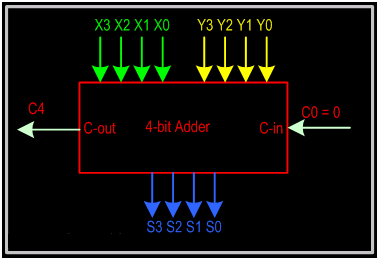Computing History Timeline
Schreyer's 10 Bit Adder
1939/1940 Schreyer completes a prototype 10-bit adder using vacuum tubes
Helmut Schreyer was born on July 4, 1912 and lived until December 12, 1984. Schreyer was an electronic engineer and German inventor from Berlin and is most commonly known for his work on the Z3 whom he invented with friend Konrad Zuse.
The electronic engineer and inventor of logic circuits using vacuum tubes and neon lamps persuaded Zuse to replace the mechanical relays in the latter's Z1 computer with electronic ones. The resulting machines, the Z2 prototype, and the Z3 (1942) are often considered as the world’s first digital, electronic computers. It was this invention that both Helmut Schreyer are most famous for. The Z3 was one of the first computers.
In 1938, Helmut Schreyer designed a logic circuitry based on a combination of vacuum tubes and neon lamps.
An n-bit adder used to add two n-bit binary numbers can be built by connecting n full adders in series.
For example: 4-bit Carry Ripple Adder
Adds two 4-bit numbers:
X = X3 X2 X1 X0
Y = Y3 Y2 Y1 Y0
producing the sum S = S3 S2 S1 S0 , C-out = C4 from the most significant position j=3
Total Propagation delay = 2 nD = 8D or 8 gate delays

Between 1939 and 1940, Schreyer had created a 10-bit adder and prototype memory unit using the vacuum tubes and neon lamps.
By Menita Madridano
Bibliography
http://www.davros.org/misc/chronology.html
http://www.asic-world.com/digital/arithmetic2.html
http://en.wikipedia.org/wiki/Helmut_Schreyer
http://www.encyclopedian.com/co/Computing-timeline-500-BC-1949.html
http://www.english-for-techies.net/dictionaries/historical_it_personalities.htm
http://www.indopedia.org/Timeline_of_computing_500_BC-1949.html
http://nostalgia.wikipedia.org/wiki/Computing_timeline
http://trillian.randomstuff.org.uk/~stephen/history/timeline.html

